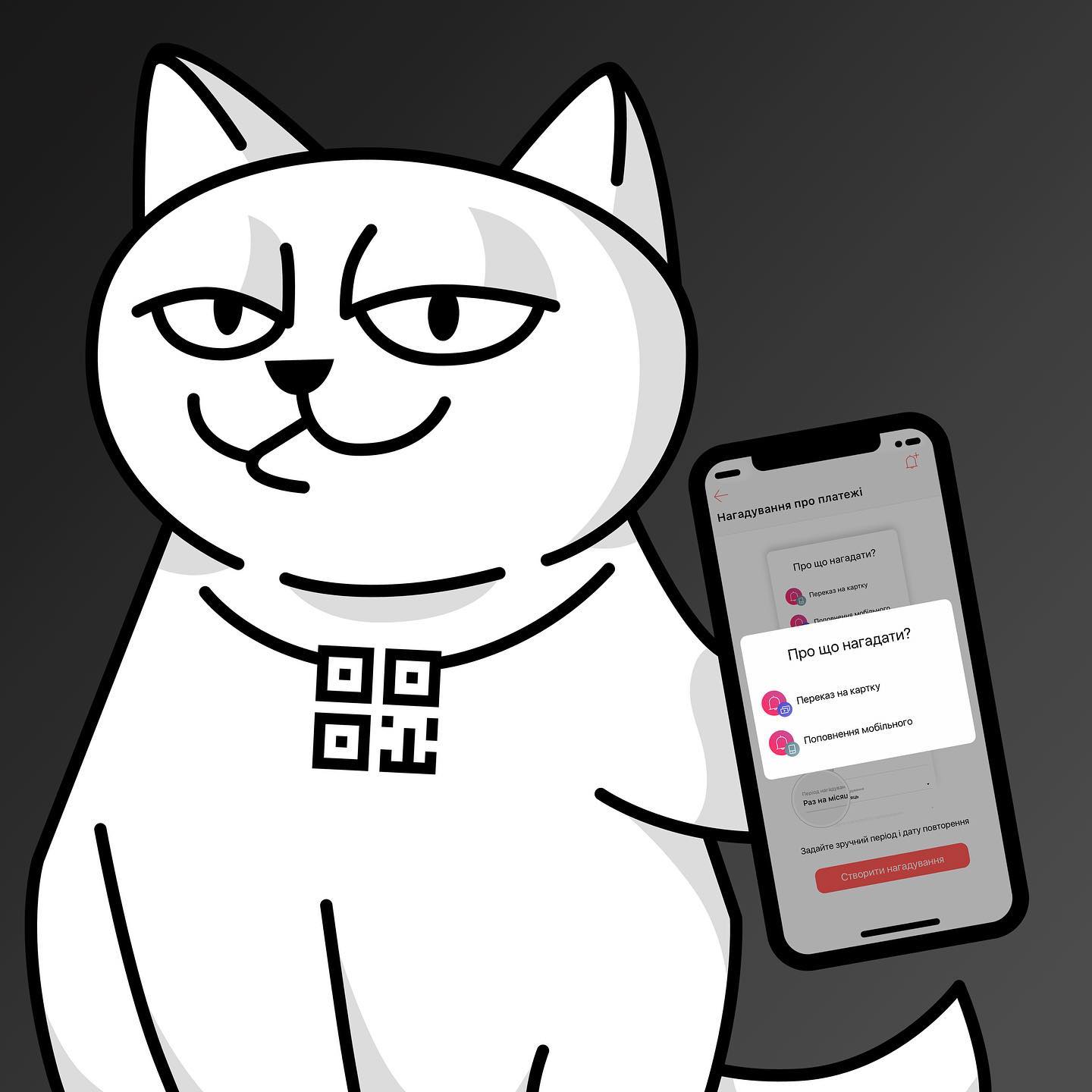In this article, we gathered some prominent examples of gamification presented in mobile banking apps

Gamification in banking: how banks make their apps engaging. Source: shutterstock.com
Banking apps are not only about numbers and stats. Everyone has that. For an app to stand out, it must be intuitive, highly visualized, and hassle-free. These are basic features but many fintechs go further. They include some elements of gamification in daily banking experience. The idea of gamification is not about actually turning something into a game but rather applying the gameplay principles and gamelike design elements. That makes an app not simply good, but remarkable. It’s especially important for digital-only banks who have fewer channels of communication with their customers.
Recent Brazilian research shows that there is a direct and strong relationship between gamification and the intention to use mobile banking services. Another study confirms that ease-of-use and enjoyment are interrelated, and both have an influence on e-banking usage. Therefore, when used and designed properly, gamification can help make banking activities more exciting and enjoyable, thus, increasing customer acceptance, engagement, and satisfaction.
Some prominent examples of gamification presented in mobile banking apps are:
Xinja

Xinja is one of the few innovative fintech startups that embrace gamification. Source: facebook.com
SEE ALSO: Xinja bank guide: how to get started and why
Bright color schemes, animated ninja-emoji characters, pirate ships, and treasure chests — all these descriptions may fit an online game, but in reality, they are part of the daily banking experience for many Australians.
Xinja is one of the few innovative fintech startups that promote customer transition to alternative banking in Australia. It is also the first independent Australian neobank to get a license and launch bank accounts. Xinja products strive to combine mobile banking with money management. And they do it in a unique way. Let’s only say that a Xinja debit card is pink and glows in the dark.
Unlike other financial institutions, Xinja’s app advantage is that it has been built in the cloud and is not weighed down by legacy infrastructure. Instead of purchasing a ready-made banking software solution, Xinja’s founders decided to choose an event sourcing-based microservices architecture, made up of a mix of best-of-breed banking platforms. This solution allows the bank to rapidly roll out additional services to customers, driven by the dynamic use of data.
Monobank

Monobank is famous not only for gamification but for cute cat characters. Source: facebook.com
SEE ALSO: Monobank: innovative Ukrainian neobank and its unique features
The most recognizable fintech project in Ukraine unites the digital banking experience with cute cat characters. However, in Britain, where its counterpart – Koto – is launched, a lot of fun was taken out of the brand banking experience. According to marketers, bright colors chosen for Monobank’s app may be easily accepted in Ukraine but would have caused an unwanted association with predatory rip-off loan products in the minds of British customers. In addition, the brand cat’s expression seemed too cunning to British market experts.
Meanwhile, Monobank customers can both have fun and get bonuses while using bank services. To begin with, there’s a flexible cashback scheme that makes spending financially rewarding. However, you have to collect a certain sum to transfer cashback onto your card balance. That initiates gamelike enthusiasm for more purchases.
Furthermore, there’s a range of reward badges given for certain activities like using the card in different cities or countries, not withdrawing the cashback for a while, splitting costs, spending in certain categories, etc. Along with the funny badges in their collection, the users earn points. Those can later be redeemed for branded clothing. Moreover, the person who collects all the badges first will get a car from the bank’s founders – the Fintech Band company. Next lucky users will have their account upgraded. Moreover, the bank offers two mini-games that are hidden in its app. If a user manages to pass the required level, they will also get a reward badge. The best players can win prizes, for example, a new iPhone.
Shake to pay is another Monobank special feature that brings game-like fun to routine transactions. Two Monobank users standing nearby can simply shake their phones – their names will appear on each other’s screens and they will be able to transfer money with one tap.
Moreover, the bank also offers two mini-games that are hidden in its app.
Qapital
This award-winning banking app empowers users in the US and Sweden by putting their personal goals at the forefront and then enhancing their savings efforts with clever tips and tools rooted in behavioral psychology. Qapital strives to make money management both practical and emotionally fulfilling.
Therefore, their goal-based savings features “Goals and Rules” are highly visualized. Whether you choose to save money for a trip somewhere, college education, or just put aside for “a rainy day”, your stored funds will be illustrated by the great pictures presenting your dreams and goals. Plus you can even team up with others to reach Shared Goals which also reminds of a financial game.
Saving accounts are not the only tools to reach something your heart desires. Automated pre-built investment portfolios can help users make their money work. In addition, the app proposes you find the Spending Sweet Spot. This term means a perfect balance between healthy spending on things that bring you pleasure and saving for bigger goals. The balancing feature allocates all the available funds to a set spending term, and illustrates both expenses and the sum left to splurge, in a fun and engaging way.
BBVA
This Spanish bank once introduced a simple ‘BBVA Game’ platform based on a points system where users can win different prizes, like football match tickets or music downloads. Customers could get those for online transactions and watching videos about the bank and its products. Later, they created other games that focus on money savings and educating children about budget management.
Simplicity is often the key to brilliance. Therefore, BBVA was honored as the best investment bank in Spain at the latest edition of the “Euromoney Awards for Excellence 2020”. It is also recognized as the best bank in Latin America and the best bank for sustainable finance in the region.
The bank now has a global application platform with best-in-class mobile functionalities. Their gamification experiment greatly helped the bank to find out how customers react to the project, in order to optimize their online service and their internet marketing.
This year, BBVA’s app was made available for Apple Watch customers in Uruguay to be later expanded to Peru. With this app on their smartwatch, customers will be able to check the balance of their accounts or cards or use the currency converter. They can also open the app with voice commands.
Commonwealth Bank of Australia
Almost a decade ago, the bank introduced the Investorville game – an innovative simulator of buying and owning a property. Players can experiment with applying for different types of mortgages, go through renovations and gain experience of paying property taxes. While playing, first-time buyers can see the consequences of their financial decisions and analyze potential pitfalls without any real risks associated with using personal finances to buy the property.
The tool combines actual real-time property data with a simplified set of variables such as capital gains tax and land tax. Since properties are overlaid on Google Maps, that gives Investorville a ‘real’ feeling and allows users to relate better to a real situation.
Gamification as a trend
Furthermore, gamification in other businesses is on the rise too. According to some calculations by Statista, the global gamification market was expected to grow from $4.91 billion in 2016 to nearly $12 billion in 2021. Another estimation from Mordor Intelligence supports that prognosis. According to this agency, the global gamification market was valued at USD 7.17 billion in 2019 and is expected to witness a CAGR of 30.31% over the forecast period (2020-2025).
Game-like elements like badges, points, levels, non-financial rewards, milestones, competitions, etc. are used by many companies to motivate their employees and to positively influence their engagement and productivity. Puzzles, quizzes, short videos, or actual games can be used to educate both customers and employees on the brand products, vision, etc.
Last year, 78% of surveyed employees stated they would be more inclined to work for a company that used gamification during the recruitment process. About 33% of employees stated that they would like to see more game-like effects in training software.
It seems that the US employers acknowledge the potential of gamification in work and training since 59% of employees are already awarded points by a job-related app or software.
SEE ALSO:








